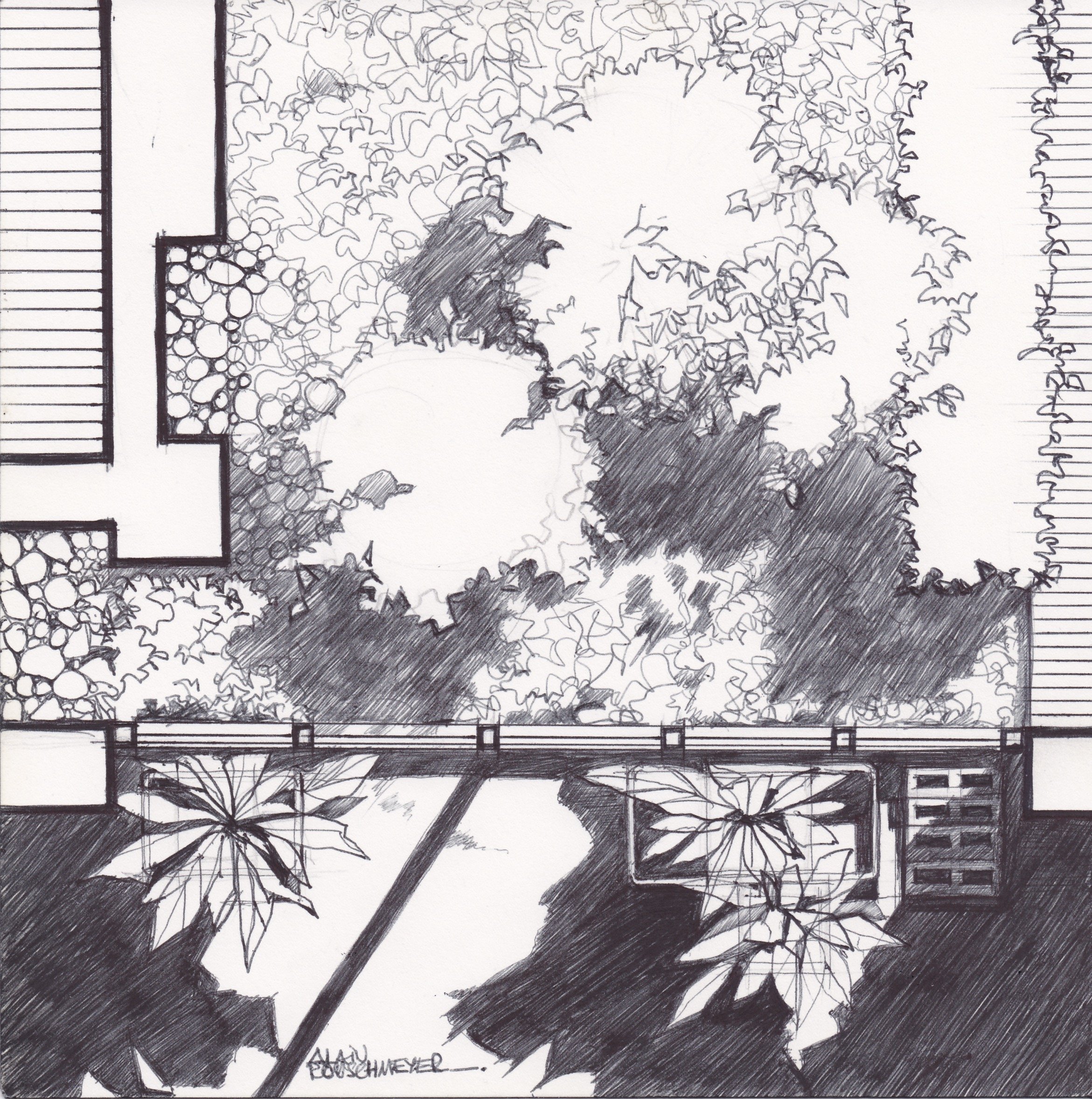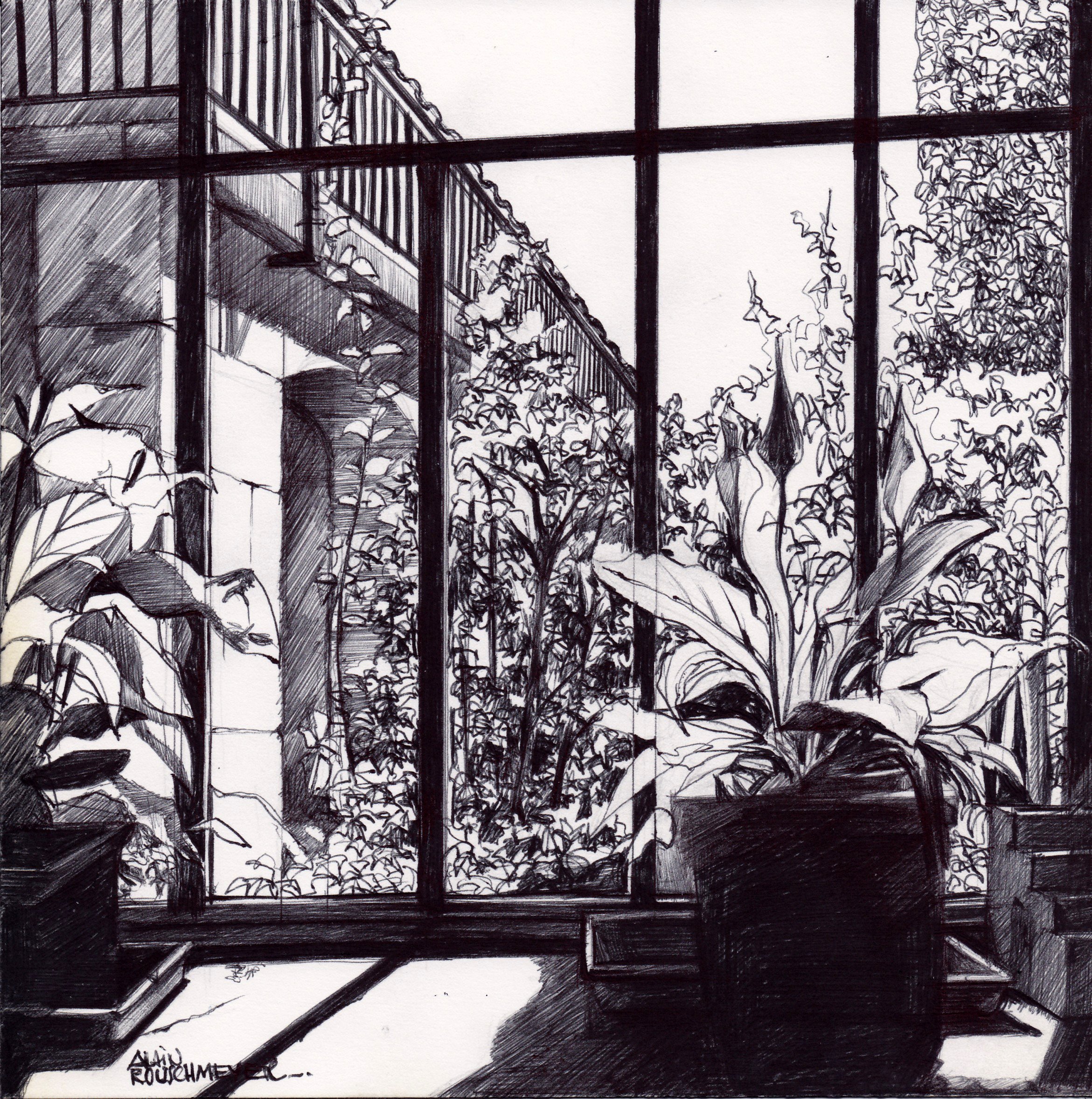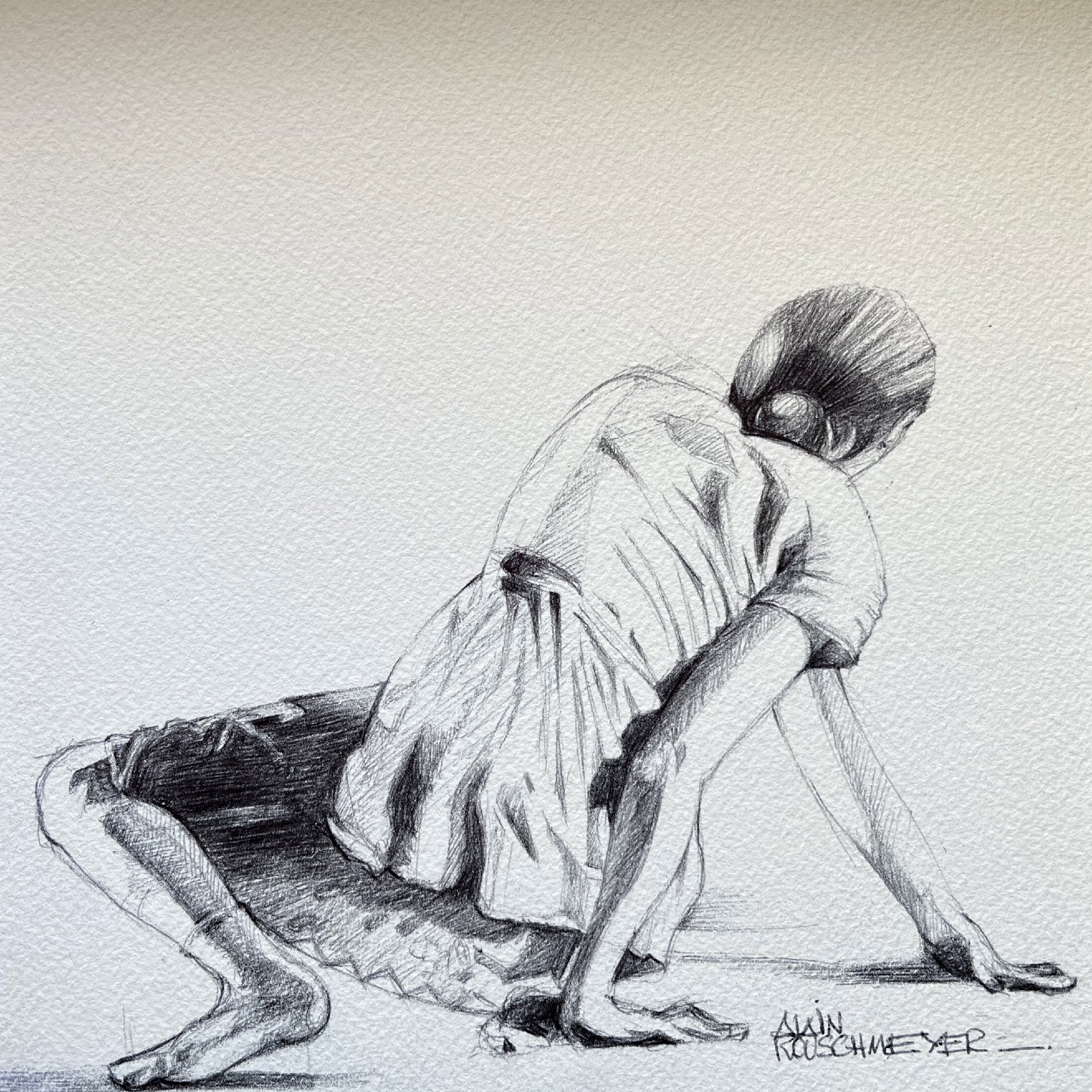The sketch…
The sketch, preparatory work for the work of art
Sketching is a common practice in the art world. It is a quick drawing and sketch that allows the artist to take notes, develop ideas and explore different options before starting work on a final work. Sketches can be created with different media, including pencils, charcoals, pens and watercolors.
In this article, we'll explore the different ways artists use sketches to create their final works. We'll also look at the benefits of working with sketches , as well as the different types of sketches available.
The benefits of working with sketches
Working with sketches can offer several benefits to artists. First of all, sketches allow artists to work quickly and efficiently. By creating quick, sketched drawings, artists can explore different options and ideas in a short time. This allows them to develop new ideas and refine their work more quickly.
Sketches also allow artists to express themselves freely and in a non-restrictive way. When working on a final work, artists may feel pressured to make specific choices based on the impact they will have on the final work. Sketching allows them to work without these constraints, which can help them unleash their creativity.
Finally, sketches allow artists to work intuitively. By working with quick, intuitive drawings, artists can follow their own flow of thought and creativity. This can help them create more authentic and personal works of art.
The different types of sketches
There are several types of sketches that artists can use. First of all, there are the preparatory sketches. These sketches are usually created before beginning work on a final piece. They are used to explore different ideas and options, in order to find the best possible direction.
There are also construction sketches. These sketches are used to help artists understand the structure and form of their subject. By creating construction sketches, artists can better understand how objects bend and turn in space.
Gesture sketches are another option. These sketches are used to quickly capture the movement and shape of a subject. Gesture sketches are often created in seconds and are used to help artists understand how a subject moves in space.
Finally, there are the planning sketches. These sketches are used to plan the different stages of the process of creating a work. They can include notes on colors, materials and techniques, as well as quick drawings to help visualize the final work.
Examples of using sketches in art
Sketches are used in many types of art, including painting, drawing, sculpture and animation. For example, painters can create sketches to explore different compositional options, or to understand how colors mix and transform on a canvas.
Sculptors can create construction sketches to understand the structure of their subject, or gesture sketches to quickly capture the movement and shape of their subject.
Animators can use sketches to plan the different steps of their animation, or to quickly capture the movement and shape of a moving character.
Storytelling with sketches
Sketches can also be used to tell stories. By creating quick, outlined sketches, artists can develop characters and scenes quickly and efficiently. Sketches can help artists visualize different aspects of their story, and understand how different elements of the story fit together.
Sketches can also be used to capture the essence of a story . By creating quick, intuitive sketches, artists can capture the emotions and feelings of their characters. This can help artists create more authentic and moving stories.
Conclusion
Sketches are an important part of the art-making process . They enable artists to work quickly, efficiently and intuitively. Sketches can be used to explore different ideas and options, to understand the structure and form of a subject, or to plan different stages of the process of creating a work.
Sketches can also be used to tell stories, capturing the essence of emotion and helping artists visualize different aspects of their story. Ultimately, sketches are an essential tool for artists of all kinds, allowing them to create authentic, personal works of art.
THE DRAWING BOARD largely illustrates my preparatory work / sketches - linked here




